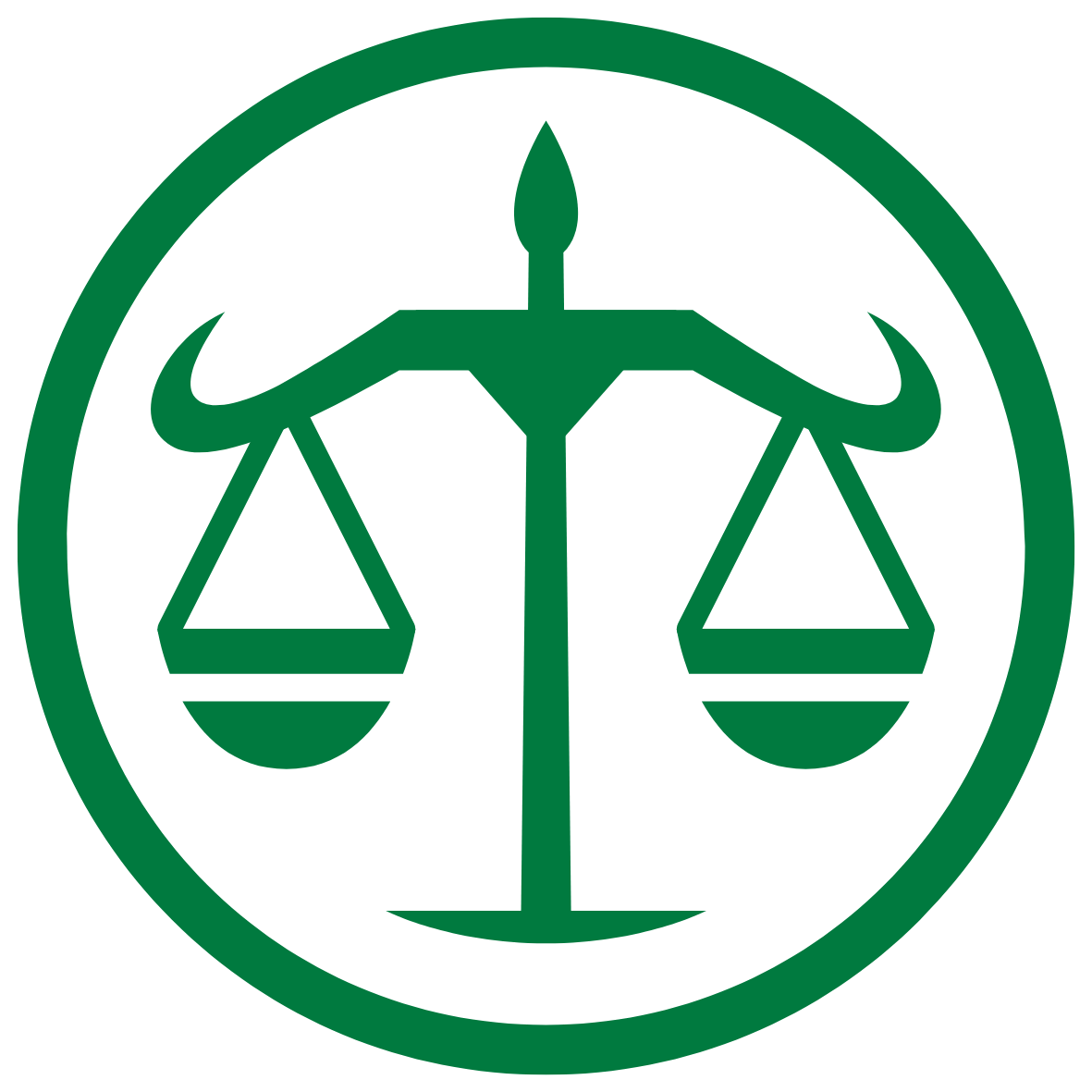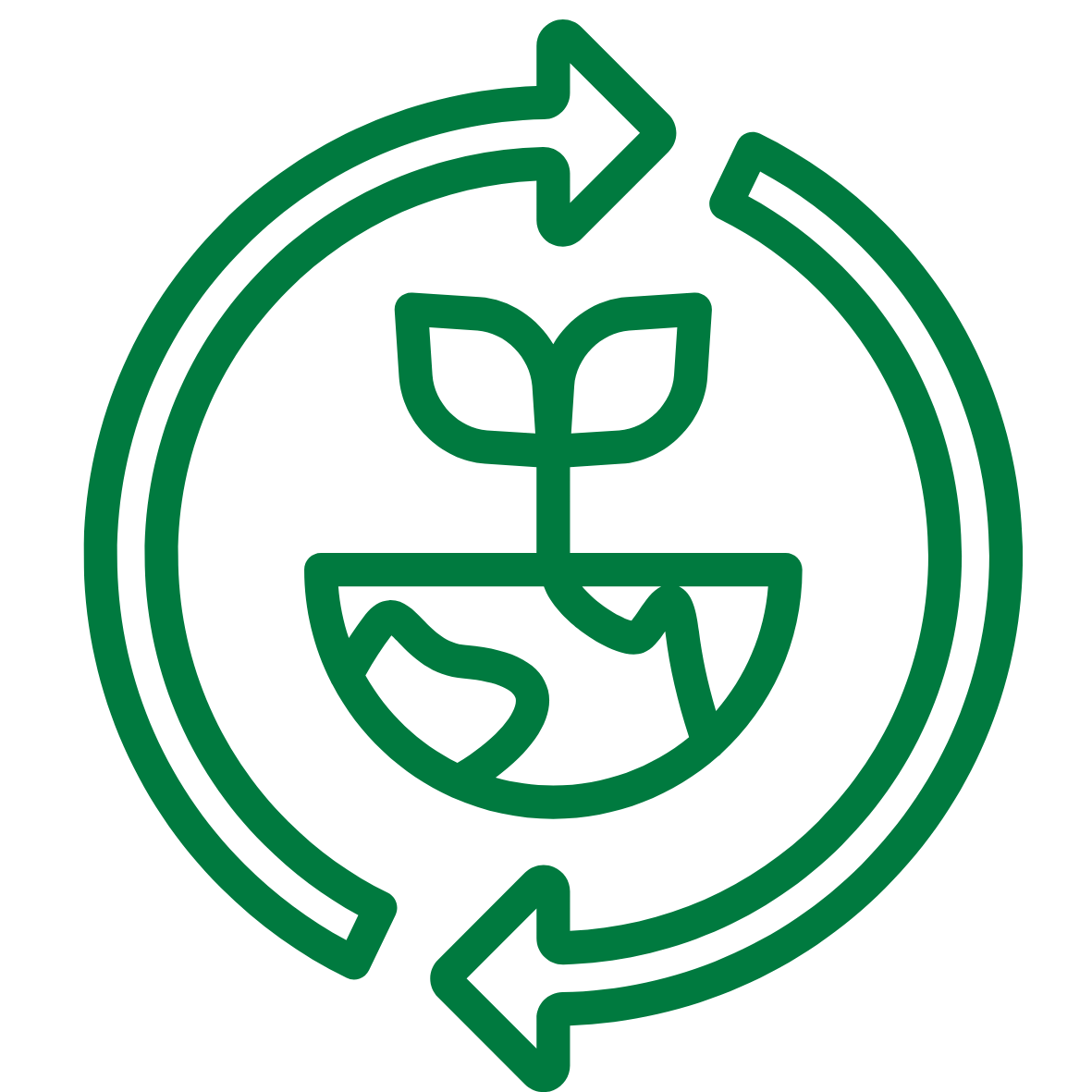Sustainability Framework
GRI Standards Index
GRI Standards Index


GRI Standards
Disclosure
Corresponding Chapter
Page
Omission
Link
The organization and its reporting practices
Activities and workers
Governance
Strategy, policies and practices

GRI Standards
Disclosure
Corresponding Chapter
Page
Omission
Link

GRI Standards
Disclosure
Corresponding Chapter
Page
Omission
Link
302-2
Energy consumption outside of the organization
-
Unavailable/ incomplete information: Emissions data not collected.
-
GRI Standards
Disclosure
Corresponding Chapter
Page
Omission
Link
GRI Standards
Disclosure
Corresponding Chapter
Page
Omission
Link
GRI Standards
Disclosure
Corresponding Chapter
Page
Omission
Link
306-3
Significant spills
-
No significant spills
-
GRI Standards
Disclosure
Corresponding Chapter
Page
Omission
Link

GRI Standards
Disclosure
Corresponding Chapter
Page
Omission
Link
GRI Standards
Disclosure
Corresponding Chapter
Page
Omission
Link
416-2
Incidents of non-compliance concerning the health and safety impacts of products and services
-
No related event
-
GRI Standards
Disclosure
Corresponding Chapter
Page
Omission
Link
417-3
Incidents of non-compliance concerning marketing communications
-
No related event
-
SASB Standards (Sustainability Accounting Standards Board)
● Iron & Steel Producers Scope of disclosure: Xinying Plant, Liuying Plant, Liuying Plant I, Liuying Plant II, Tong Yah Plant, Photovoltaic Plant, Liuying Operations Headquarters


Code
Category
Metrics
Annual Data
Corresponding Chapter
Page
Link
EM - IS - 110a. 2
Discussion and Analysis
Discussion of long-term and shortterm strategy or plan to manage Scope 1 emissions, emissions reduction targets, and an analysis of performance against those targets
In 2023, GMTC replaced fuel oil with low-carbon natural gas, replaced old equipment with high performance equipment, and simplified processes to reduce energy waste, hoping to achieve the goal of 1% reduction in greenhouse gas emissions intensity. However, in 2024, the total greenhouse gas emission intensity of the main production facilities at Xinying Plant and Liuying Plant increased by 1.10% compared to 2023.
4.3 Energy Management
4.2 Climate-related Information
4.4 GHG Management
87
78
91
Code
Category
Metrics
Annual Data
Corresponding Chapter
Page
Link
EM - IS - 120a. 1
Quantitative
(1) Carbon Monoxide (CO)
(2) NOx (excluding N₂O)
(3) Sulfur oxides (SOx)
(4) Particulate matter (PM10)
(5) Manganese (MnO)
(6) Lead (Pb)
(7) Volatile organic compounds(VOCs)
(8) Polycyclic aromatic hydrocarbons (PAHs)
(1) N/A
(2) 82.565 Metric tons (t)
(3) 3.881 Metric tons (t)
(4) 16.907 Metric tons (t)
(5) N/A
(6) N/A
(7) 7,884 Metric tons (t)
(8) N/A
4.6 Waste and Pollutant Management
96
Code
Category
Metrics
Annual Data
Corresponding Chapter
Page
Link
Code
Category
Metrics
Annual Data
Corresponding Chapter
Page
Link
EM - IS - 320a. 1
Quantitative
(1) Total recordable incident rate (TRIR) for full-time employees
(2)Total recordable incident rate (TRIR) for contract employees
(3) Fatality rate of full-time employees
(4) Fatality rate of contract employees
(5) Near miss frequency rate (NMFR) of full-time employees
(6) Near miss frequency rate (NMFR) of contract employees
(1) 0.3
(2) 0
(3) 0
(4) 0
(5) 1.01
(6) 0
5.4 Safe and Healthy Workplace
119
Code
Category
Metrics
Annual Data
Corresponding Chapter
Page
Link
EM - IS - 430a. 1
Discussion and Analysis
Discussion of the process for managing iron ore and/or coking coal sourcing risks arising from environmental and social issues
N/A
-

Code
Category
Activity Metrics
Annual Data
Corresponding Chapter
Page
Link
EM - IS - 000A
Quantitative
(1) Raw steel production from basic oxygen furnace processes
(1) Percentage from basic oxygen furnace processes
(2) Raw steel production from electric arc furnace processes
(2) Percentage from electric arc furnace processes
(1) N/A
(1) N/A
(2) 109,242 Metric tons (t)
(2) 100%
3.6 Raw Material Usage
67
EM - IS - 000B
Quantitative
Total iron ore production
0%
-
EM - IS - 000C
Quantitative
Total coking coal production
0%
-
Sustainability Disclosure Indicators – Steel Industry


No.
Indicator Type
Indicator
Annual Disclosure
Unit
Remarks
Link



